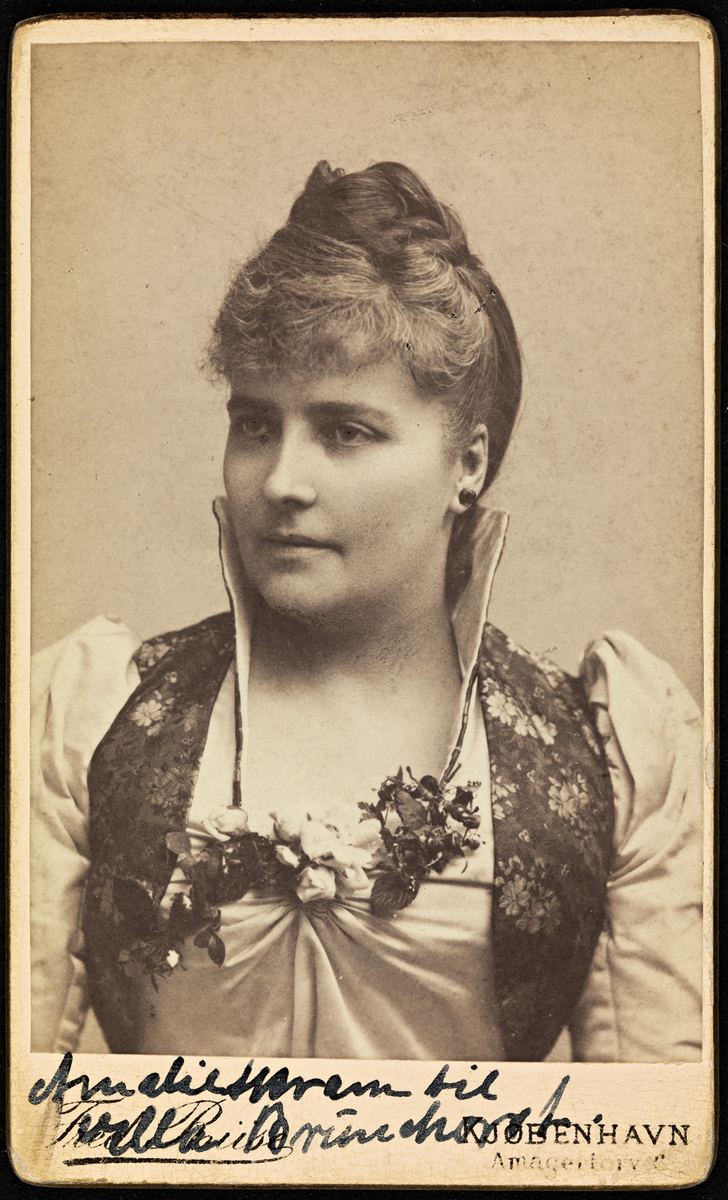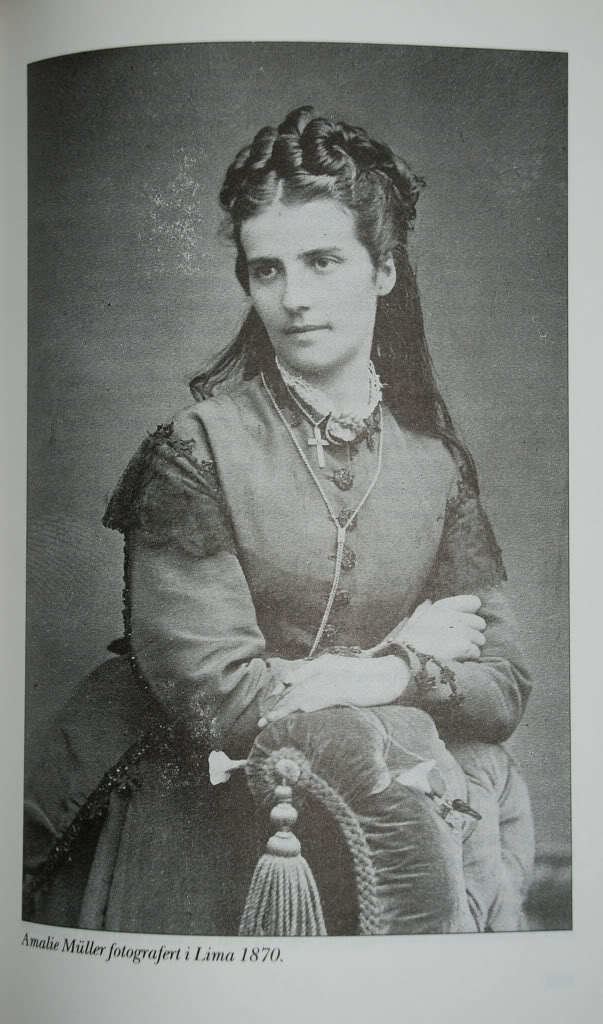Pen name Amalie Mueller Name Amalie Skram Role Author | Nationality Norwegian Children Ludvig Muller | |
 | ||
Movies Lucie, The Guardians, Agnete, Ekteskap Spouse Erik Skram (m. 1884), Bernt Ulrik August Muller (m. 1864) Parents Mons Monsen Alver, Ingeborg Lovise Sivertsen Books Constance Ring, Forraadt, Lucie, Fru Ines, Under Observation | ||
Amalie skram ferdig
Amalie Skram (22 August 1846 – 15 March 1905) was a Norwegian author and feminist who gave voice to a woman's point of view with her naturalist writing. She moved to Denmark in 1894 where she settled in Copenhagen with her husband, the Danish writer Erik Skram. She is considered the most important female writer of the Modern Breakthrough.
Contents
- Amalie skram ferdig
- Norges litteratur og spr khistorie amalie skram 7 13
- Early life
- Move to Denmark
- Literary career
- Subsequent recognition
- References

Norges litteratur og spr khistorie amalie skram 7 13
Early life

Berthe Amalie Alver was born in Bergen, Norway. Her parents were Mons Monsen Alver and Ingeborg Lovise Sivertsen.

Amalie had 4 brothers. Her parents operated a small business, which went bankrupt when Amalie was 17 years old. Her father emigrated from Norway to the United States to avoid a term of imprisonment and her mother was left with five children to care for.

Her mother pressured Amalie into a marriage with an older man, Bernt Ulrik August Müller (1837–1898), a ship captain, later mill owner. Following thirteen years of marriage and the birth of two sons she suffered a nervous breakdown, in part attributed to his infidelity. After several years in a mental hospital, she was divorced from Müller. Together with her two sons, she moved to Kristiania (now Oslo) and began her literary activities. There she met the Bohemian community, including writers Arne Garborg and Bjørnstjerne Bjørnson, with whom she remained in contact for many years.
Move to Denmark

In 1884 Amalie Müller married again, this time the Danish writer Erik Skram (1847–1923), a son of railroad director Gustav Skram. She moved to Copenhagen, Denmark with her new husband. They had a daughter from this union. Her obligations as housewife, mother and author as well as the public's limited acceptance for her then-radical work, led to a further breakdown in 1894, after which Amalie lived in a psychiatric hospital near Roskilde. In 1900 her second marriage was dissolved. She died six years later in Copenhagen.
Literary career

In 1882 Amalie Skram debuted (as Amalie Müller) with the short story "Madam Høiers leiefolk", published in the magazine Nyt Tidsskrift. Her work continued until her death. She dealt with topics she knew well.
Her work can be divided into three categories:
She is recognized as an early and strong proponent of what has come to be known as the women's movement, setting the early European trend. Her works, which had been generally forgotten with her death, were rediscovered and received strong recognition in the 1960s. Several of her works are currently available in recent translations to English.
Subsequent recognition
The Amalie Skram-prisen or Amalie Skram prize is a travel stipend that has been awarded annually since 1994 to Norwegian authors who show exceptional skill in addressing women's issues. A statue of Skram, by Maja Refsum (1897–1986), was unveiled at Convent Garden (Klosterhaugen) in Bergen 1949. A marble bust by Ambrosia Tønnesen (1859–1948) is in Bergen Public Library. She was also honored with a Norwegian postage stamp in 1996.
